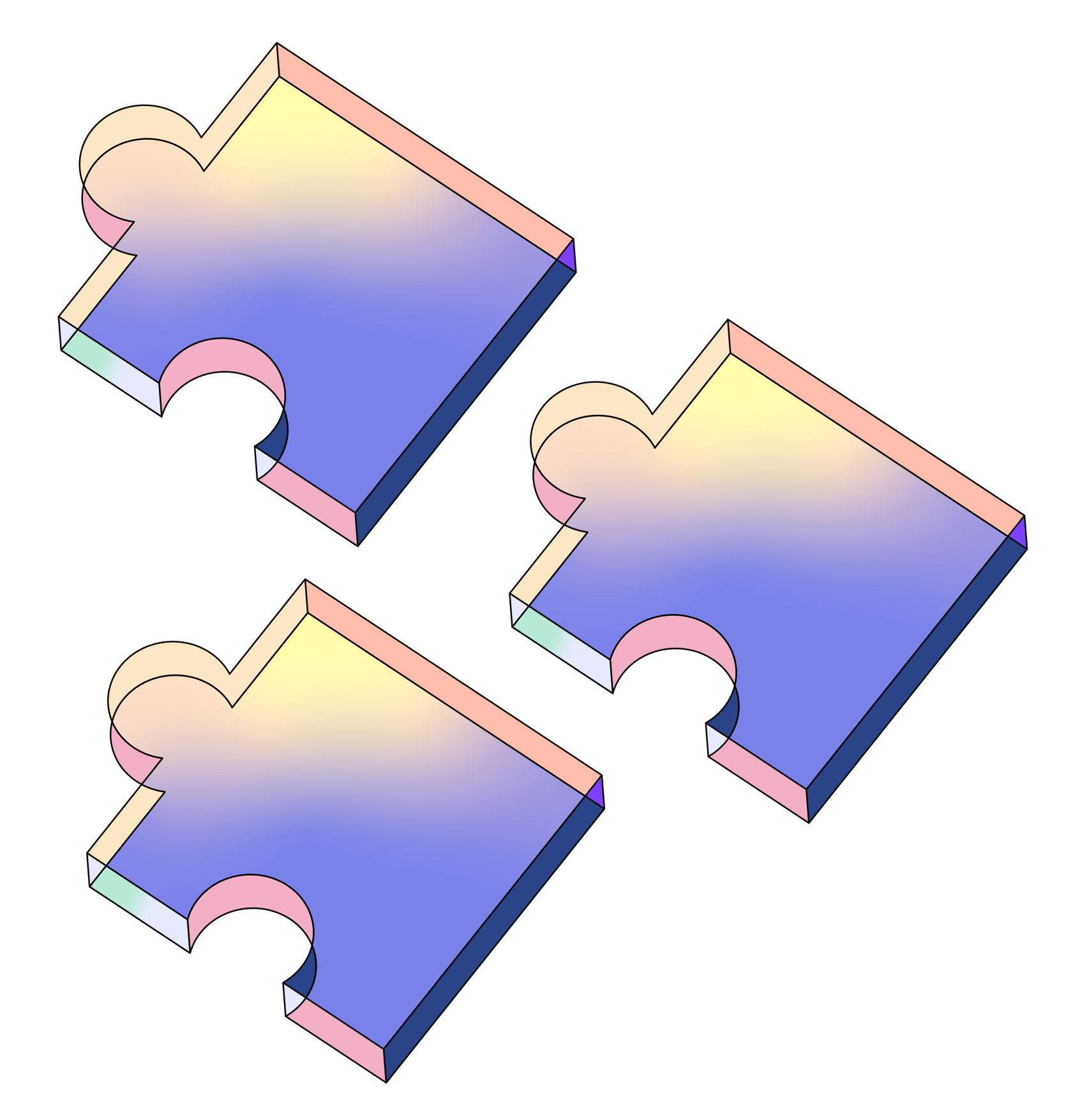ChainMindOS
🔗 Our app transforms your blockchain vision into reality! With AI-driven workflows, it identifies your goals, refines designs with expert feedback, and delivers seamless architecture for secure smart contract deployment. Tailored solutions, every time! 🚀✨
ChainMindOS
Created At
Winner of

Coinbase Developer Platform - AgentKit Pool Prize
Prize Pool
Project Description
This project leverages an agentic AI-driven workflow to streamline and automate the process of creating customized blockchain solutions. Here’s a detailed explanation of what this project is about:
Overview
The project focuses on enabling users—regardless of their technical expertise—to conceptualize, design, and deploy blockchain solutions tailored to their specific needs. By integrating AI agents and domain expertise, it simplifies what is traditionally a complex and technical process.
Key Features
-
Objective Identification Agent
- Users start by entering a prompt or describing their use case in plain language.
- The Objective Identification Agent analyzes the input, identifying key goals and aspirations.
- It breaks down the overall objective into actionable tasks and assigns these tasks to the right experts, ensuring alignment with the user’s vision.
-
Expert Analysis and Feedback Loop
- Each task is assigned to domain-specific experts (real or virtual) who understand blockchain nuances.
- These experts determine what technical design settings are needed based on the user’s input.
- They pinpoint gaps in the provided information and initiate a feedback loop with the user to refine the objectives and fill in the missing details.
- This iterative feedback ensures a comprehensive and user-aligned solution design.
-
Architecture Planning Agent
- Once all objectives and technical parameters are clarified, the Architecture Planning Agent creates a blueprint for the solution.
- It defines the codebase structure, including:
- File and directory organization
- Clear purpose for each file or component in the solution
- This ensures the final product is scalable, maintainable, and robust.
-
Code Implementation by Coder Agent
- The Coder Agent takes over to implement the solution.
- It writes clean, efficient, and well-documented code, handling the heavy lifting of blockchain development.
- The final output is a working blockchain system—be it a smart contract, decentralized application, or another blockchain-based solution.
How it's Made
How We Built This Project
This project represents the seamless integration of AI agents and blockchain networks. Our goal was to create an intelligent, user-friendly, and modular solution to bridge AI and blockchain, leveraging cutting-edge technologies and frameworks. Here’s an in-depth breakdown of how it came together:
Core Architecture and Technologies
1. AI Component
- LLM Framework:
We used a Groq-based large language model (LLM) as the core intelligence behind the agents. Its computational efficiency and fine-tuned NLP capabilities enabled real-time contextual understanding and problem-solving.- Pydantic AI:
Pydantic AI was the backbone for managing our LLM library. It offered type-safe, modular configurations and smooth interactions between the AI agents and user objectives.
- Pydantic AI:
2. Blockchain Integration
- Smart Contracts:
Our AI agents interact with blockchain networks via pre-deployed smart contracts. Partnering with Nethermind, Arbitrum, and Coinbase, we tailored specific applications for each platform:- Nethermind: Enabled an LLM-based AI agent that interacts with Ethereum’s Sepolia testnet. This allowed real-world experimentation for Ethereum-based use cases.
- Arbitrum: Focused on high-performance AI agent applications using the Arbitrum testnet. This helped us test scalability and efficiency in Layer 2 environments.
- Coinbase: Built a viral consumer AI app integrated with the Coinbase ecosystem, offering enhanced usability and blockchain-based identity management.
3. Frontend Development
- Technologies:
- Next.js: A versatile React framework that made the frontend responsive and performance-focused.
- Wagmi and RainbowKit: Simplified wallet connections and blockchain interactions for a seamless user experience.
4. Backend Infrastructure
- Languages Used:
- Python: For AI agent orchestration, data handling, and smart contract interactions.
- Rust: For efficient blockchain integrations and developing robust, low-level modules.
- TypeScript: To ensure strong typing and scalability in the frontend and backend ecosystem.
Key Technical Features
-
Agentic Workflow:
- Each agent in the system has specific expertise—objective identification, architecture planning, or coding—enabling a collaborative, modular design.
- By using iterative feedback loops, the agents could seamlessly interact with the user to refine objectives and solutions.
-
Blockchain-Specific Innovations:
- On-Chain Computations: Our smart contracts were designed to handle lightweight computations while offloading heavy AI tasks to Groq-based models.
- Cross-Network Capabilities: Partnering with multiple blockchains (Nethermind, Arbitrum, Coinbase) provided flexibility in deploying various use cases.
-
High Performance:
- The combination of Rust for blockchain modules and Groq for AI computations delivered unparalleled performance.
- Efficient API integrations between the LLM and blockchain nodes ensured low latency.

